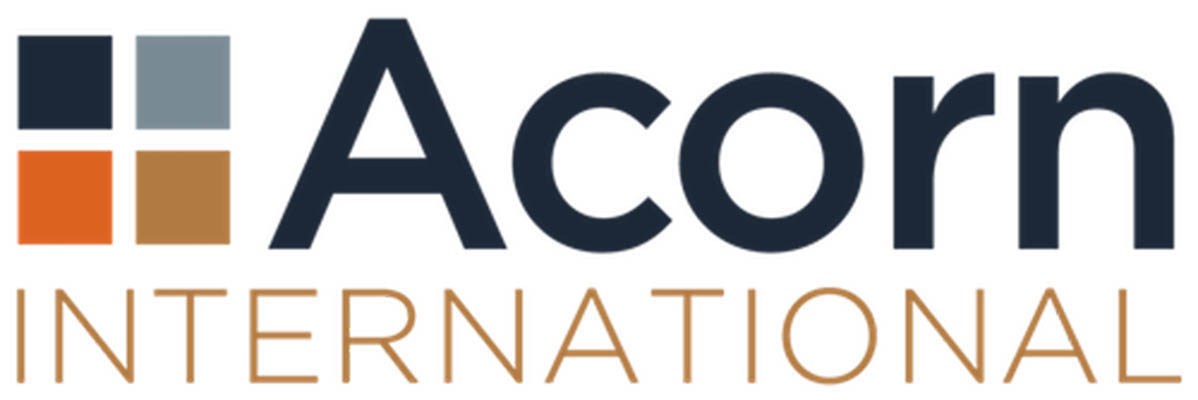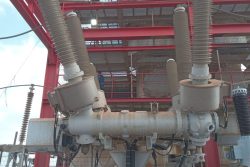The Environmental Protec-tion Agency (EPA), in what can only be described as an unprecedented move, has published the final terms and scope for the Environ-mental Impact Assessment (EIA) for ExxonMobil’s fifth proposed oil project.
The publishing of the terms and scope for the Uaru development prior to embarking on an EIA is something that environmentalists have been advocating for. However, the EPA has largely withheld publishing them prior to the completion of the EIA.
Back in April, Esso Exploration and Produc-tion Guyana Limited (EEPGL) approached the EPA for an environmental permit to develop the Uaru field. The discovery at the Uaru-2 well in the Stabroek Block was made in late April of last year and was ExxonMobil’s 19th discovery offshore Guyana. In January 2020, a release from ExxonMobil announced that Uaru-1 was the 16th discovery in the Stabroek Block. The well encountered approximately 94 feet (29 meters) of high-quality oil-bearing sandstone reservoir and was drilled in 6,342 feet (1,933 meters) of water.
The Uaru project is expected to see the drilling of approximately 40 to 76 development wells including production, water injection, and gas re-injection wells; installation and operation of subsea, umbilicals, risers and flowlines (SURF) equipment; the installation and operation of a Floating, Production, Storage and Offloading (FPSO) vessel – inclusive of handling and offloading of produced hydrocarbon; and ultimately, decommissioning.
Onshore logistical support facilities such as shore bases, warehouses, storage and pipe yards, fabrication facilities, fuel supply facilities, waste management facilities and marine/aviation services will be utilised to support each stage of the project.
Acorn International is the EIA consultant for the Uaru project.
According to EEPGL, the locations of the Uaru Development wells have not yet been finalised however, the wells are anticipated to be drilled from ten drill centres. During drilling and installation of the FPSO/SURF facilities, work may be performed in a subsea area within the project development area (PDA) that could potentially cover an estimated 9,500 hectares (37 square miles). This area, according to the scope documents, is referred to as the Subsea PDA. Much of this subsea area will not involve physical disturbance of the seafloor, except where the SURF equipment and the FPSO mooring system are sited.
The Environmental Protect Act (EP-Act) outlines the minimum requirements of an EIA and according to the published scope, the Uaru EIA is expected to encompass that in addition to other requirements. The standard requirements mandate the EIA team to provide detailed descriptions of the geographical area involv-ed, the physical characteristics of the whole project and the area requirements during the installation and operational phases, including plans and drawings. They are also required to provide information on the characteristics of the installation and the production process, including the nature and quantity of the materials used, plans, and drawings; an estimate, by type and quantity (or concentrations, as appropriate), of expected contaminants, residues and emissions (water, air and soil pollution, noise, vibration, light, heat, radiation) resulting from the operation of the proposed Project; and the length of time of the Project.
Cumulative impacts
The EIA is also expected to state and address the direct, indirect and cumulative impacts of the project on the environment including human beings; flora, fauna and species habitats; water; marine soil; air and climate; cultural heritage and sea-scape; natural resources; ecological balance; and any other environmental factors to be considered.
Moreover, the study must also include detailed descriptions of any hazards or dangers which may arise from the project and an assessment of the risk to the environment; the measures that the proposed Developer intends to use to mitigate any adverse effects and a statement of reasonable alternatives (if any) and reasons for their rejection; a statement of the degree of irreversible damage, and an explanation of how it is assessed; an Oil Spill Response Plan for containing and cleaning up any pollution or spill of any contaminant; the Developer’s programme for rehabilitation and restoration of the environment; and a non-technical summary of the information provided.
The final terms and scope document states that the EIA report shall focus on significant environmental issues and must provide all the relevant information needed by the EPA to consider fully any adverse or beneficial impacts of the proposal. When it comes to the regulatory framework, where not covered by local laws, the EIA consultant is expected to be guided by the World Bank, International Maritime Organization (IMO), International Convention for the Prevention of Pollution by Ships, 1973, as modified by the Protocol of 1978 (MARPOL 73/78), and World Health Organization.
The EIA consultants are mandated to address the concerns raised during the public consultations, including during the scoping and disclosure meetings. The EIA Report must demonstrate that public concerns have been adequately considered by suggesting possible modifications to the project proposal or by clarification of items within the document, the document states.
It added that all public consultation results must be documented, and relevant records included in the appendices of the EIA. Those records shall also contain details on the manner in which the public was notified, the groups targeted, a description of the stakeholder consultation process, a list of all stakeholder groups included in the process, the number of meetings held, location of the meetings, dates held, minutes of all meetings, a copy of the survey questionnaires used (if any), and the results of surveys.
With Uaru projected as EEPGL’s fifth undertaking in the Stabroek Block, the EIAs from the Liza 1 and 2, Payara and Yellowtail projects contain information that may be relevant to the Uaru project. Catering for this, the final terms and scope document states that baseline chapters must contain sufficient information to enable an assessment of the consequences on that specific resource/receptor imposed by the Project for each phase of the Project including construction, operation and closure.
Area of Influence
“All readily available information, including representative information and baseline data relevant to the proposed Project site and the direct and indirect area of influence (AOI) will be assembled and reviewed including local maps and any existing EIAs. This includes relevant studies conducted for prior EIAs (Liza Phase 1, Liza Phase 2, Payara and Yellowtail) as well as the associated post permitting and/or ongoing studies conducted by the Developer (granted no objection by the EPA). This information should be considered and utilised in establishing baseline conditions relevant to the proposed Project for the assessment of environmental and social impacts.
“The EIA will determine and delineate the actual AOI by considering the extent of direct and indirect interactions between the proposed Project and the physical, biological and social environments. The review should as far as possible, examine publicly available documents held by but not limited to the EPA, the GGMC, the Ministry of Natural Resources and other local authorities and NGOs. The review will also examine data on environmental, economic and social variables, which may include site geology, hydrogeology, surface water flow, land use in the Project area and its vicinity, the proximity of indigenous communities and the likely presence of archaeological resources in the area etc,” the document outlines.
Acorn International will be expected to undertake field and additional studies to fill the data gaps to enable a comprehensive description of the baseline data for the specific medium, as necessary to update existing information where appropriate. Sufficient detail must be given to allow a clear understanding of the likely negative impacts of the proposed project and to assess the effectiveness of any proposed mitigation measures.
The consultant is tasked with identifying all impacts that could arise during each phase of the operation and distinguishing, where applicable, between negative and positive impacts, direct and indirect impacts, immediate, short-term and long-term impacts, and cumulative impacts. In analysing the impacts, consideration shall be given to, where applicable, geographical extent, intensity, frequency, uncertainty and reversibility. They are also entrusted with ensuring that mitigation measures and monitoring are presented in the ESMP. The ESMP shall be the management plan that seeks to manage identified potential impacts and environmental issues resulting from the project.
Mitigation measures shall specifically describe how impacts would be handled to prevent a cumulative effect with respect to the intended project.
Acorn International will also have to conduct a high-level assessment of the cumulative socioeconomic and environmental effects that are likely to result from the proposed activities in combination with other existing, approved and proposed projects in the area of impact. The cumulative assessment must be based on an adequate understanding of the design and operation of the proposed activity, as well as other existing, approved and proposed projects. The Uaru EIA must include a high-level cumulative impacts assessment of the marine traffic risk, climate change/LCDS 2030, onshore 3rd party facilities and other public service and infrastructure capacity.
A description of the Uaru decommissioning must be provided in the EIA along with a description of activities associated with this phase taking into account environmental considerations. The preliminary decommissioning plan provided in the EIA study must include the regulatory framework guiding the programme, methods of waste removal, post-decommissioning monitoring and an overview of all the installations to be decommissioned.







